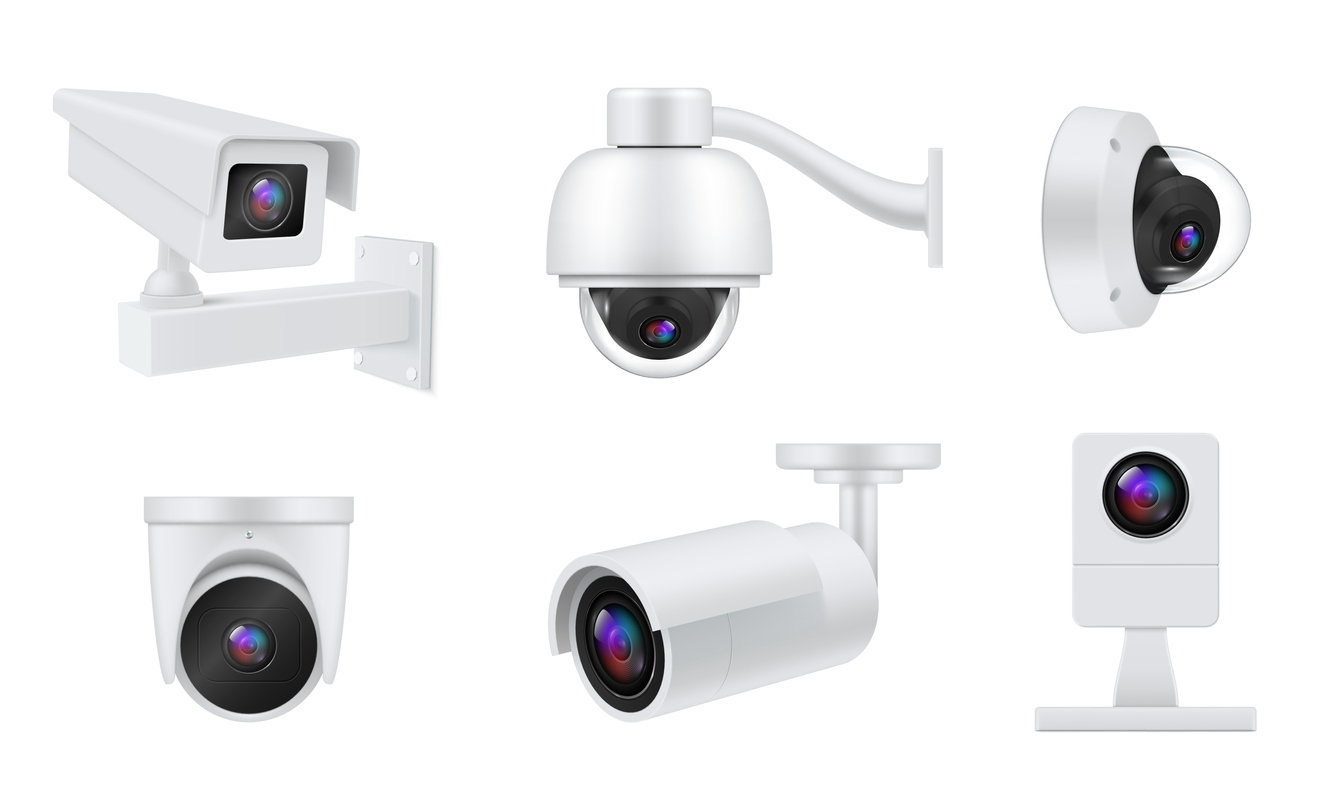- Home
- Commercial
- CCTV Camera Installation: 2024 Professional Guide

CCTV Camera Installation: 2024 Professional Guide
In today’s fast-paced world, security is a top priority for businesses, homeowners, and public institutions alike. With advancements in technology, CCTV (Closed-Circuit Television) cameras have become indispensable tools for surveillance, providing real-time monitoring and deterrence against criminal activities. Whether you’re considering installing CCTV cameras for your home or business, this professional guide will walk you through everything you need to know in 2024.
1. Assess Your Security Needs
Before diving into the installation process, it’s crucial to assess your security needs. Identify key areas that require monitoring, such as entry points, parking lots, or sensitive areas within your property. Consider factors like lighting conditions, weather exposure, and potential blind spots. This assessment will help you determine the number and type of cameras needed for comprehensive coverage.
2. Choose the Right Cameras
With a plethora of CCTV cameras available in the market, selecting the right ones can be overwhelming. In 2024, high-definition (HD) cameras with advanced features such as night vision, motion detection, and pan-tilt-zoom (PTZ) capabilities are popular choices. Dome cameras are discreet and suitable for indoor use, while bullet cameras are ideal for outdoor surveillance due to their weatherproof design.
3. Plan Camera Placement
Strategic placement of CCTV cameras is essential for maximizing surveillance coverage. Position cameras at entry and exit points, along perimeter walls, and in areas with high foot traffic. Aim cameras towards potential targets while avoiding obstructions that may obstruct the view. Consult with security experts or refer to manufacturer guidelines for optimal placement recommendations.
4. Install Monitoring Equipment
In addition to cameras, installing monitoring equipment is vital for effective surveillance. This includes Digital Video Recorders (DVRs) or Network Video Recorders (NVRs) to store footage, monitors for live viewing, and power sources for uninterrupted operation. Ensure proper wiring and connectivity between cameras and monitoring devices to facilitate seamless data transmission.
5. Secure Power Supply
Reliable power supply is critical for uninterrupted surveillance operation. Choose power sources that are resilient to outages and provide backup options such as battery backups or generators. Conceal wiring to prevent tampering and ensure compliance with safety regulations to mitigate risks of electrical hazards.
6. Configure Settings and Network Integration
Modern CCTV systems offer advanced functionalities that can be customized to suit specific security requirements. Configure camera settings such as resolution, frame rate, and motion sensitivity to optimize performance. Integrate CCTV cameras with existing network infrastructure for remote access and monitoring capabilities, allowing users to view live footage from any internet-enabled device.
7. Test and Calibrate
Once installation is complete, thorough testing and calibration are essential to ensure the system functions as intended. Conduct test runs to verify camera angles, image quality, and motion detection accuracy. Fine-tune settings as needed to minimize false alarms and optimize recording capabilities. Regular maintenance checks should also be scheduled to address any issues promptly.
8. Implement Security Protocols
Protecting CCTV systems from unauthorized access is paramount to safeguarding sensitive data and maintaining privacy. Implement robust security protocols such as strong passwords, encryption, and access controls to prevent unauthorized tampering or viewing of footage. Regularly update firmware and software patches to address vulnerabilities and enhance system security.
Conclusion
In conclusion, CCTV camera installation in 2024 requires careful planning, strategic placement, and adherence to best practices to maximize effectiveness and reliability. By assessing security needs, choosing the right equipment, and following proper installation procedures, you can enhance safety and peace of mind for your home or business. Remember to stay informed about the latest advancements in surveillance technology to continually improve your security infrastructure.

